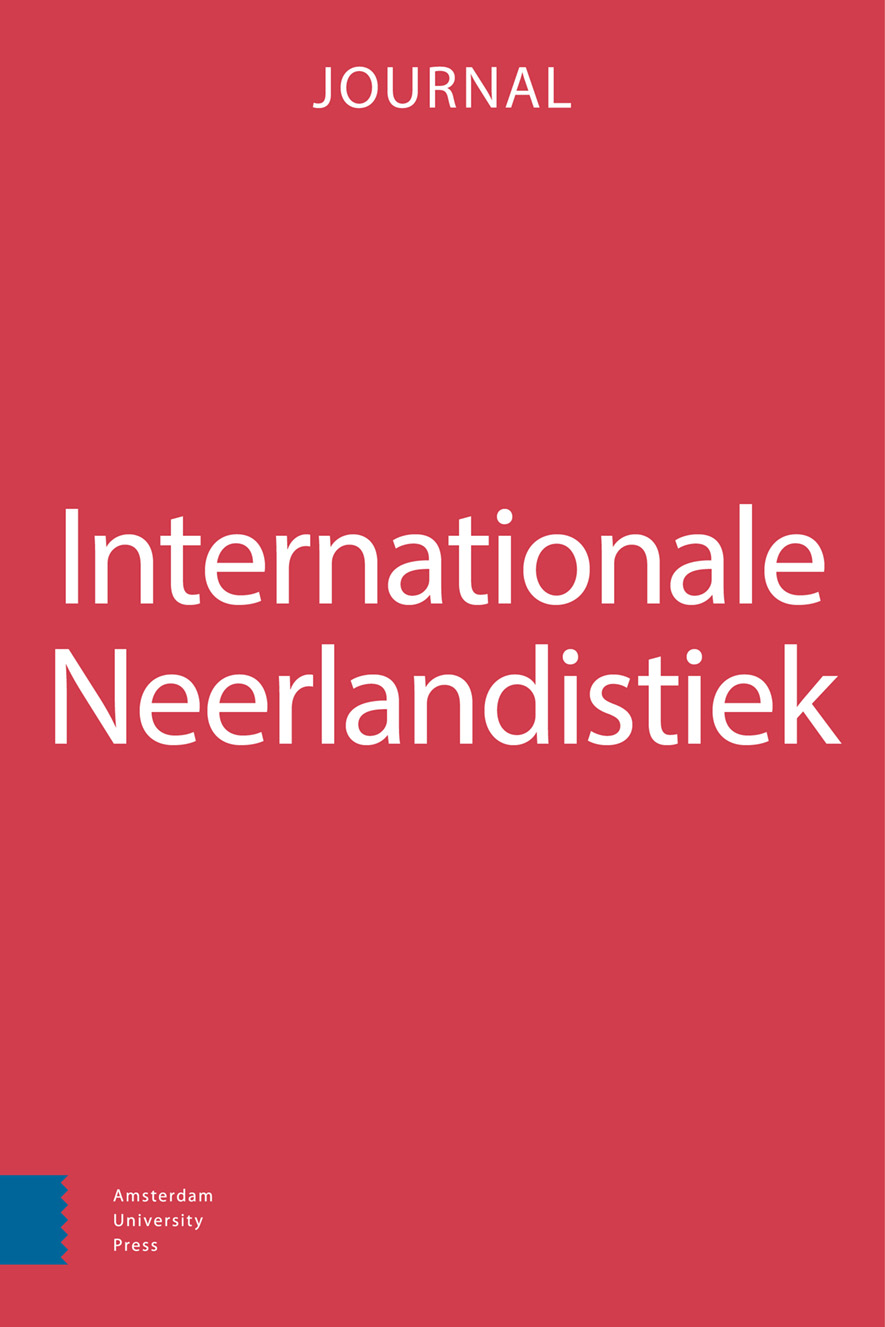-
oa Afstand of toenadering. Over het negentiende-eeuwse fin de siècle in De klopgeest van Komrij en in Publieke werken van Rosenboom
- Amsterdam University Press
- Source: Internationale Neerlandistiek, Volume 50, Issue 2, Feb 2012, p. 40 - 57
Abstract
In a comparison between two historical novels, De klopgeest (‘the poltergeist’) by Gerrit Komrij and Publieke werken (‘public works’) by Thomas Rosenboom, both set at the end of the 19th century, literary critics often prefer Rosenboom’s novel. They value its strong historical imbedding over Komrij’s novel, which is mostly perceived as a contemporary reflection on the fin de siècle. Al„though every historical novel has a contemporary-reflexive dimension, I will show that Rosenboom and Komrij describe this historical period differently. Via an intertextual and comparative approach, and through an analysis of three recurrent images (the woman, the city and pseudoscientific practices); it becomes clear that Komrij has created an ideological distance between the fin de siècle and the contemporary reader, whereas Rosenboom’s novel is more traditional and invites us to an immersive historical reading.


